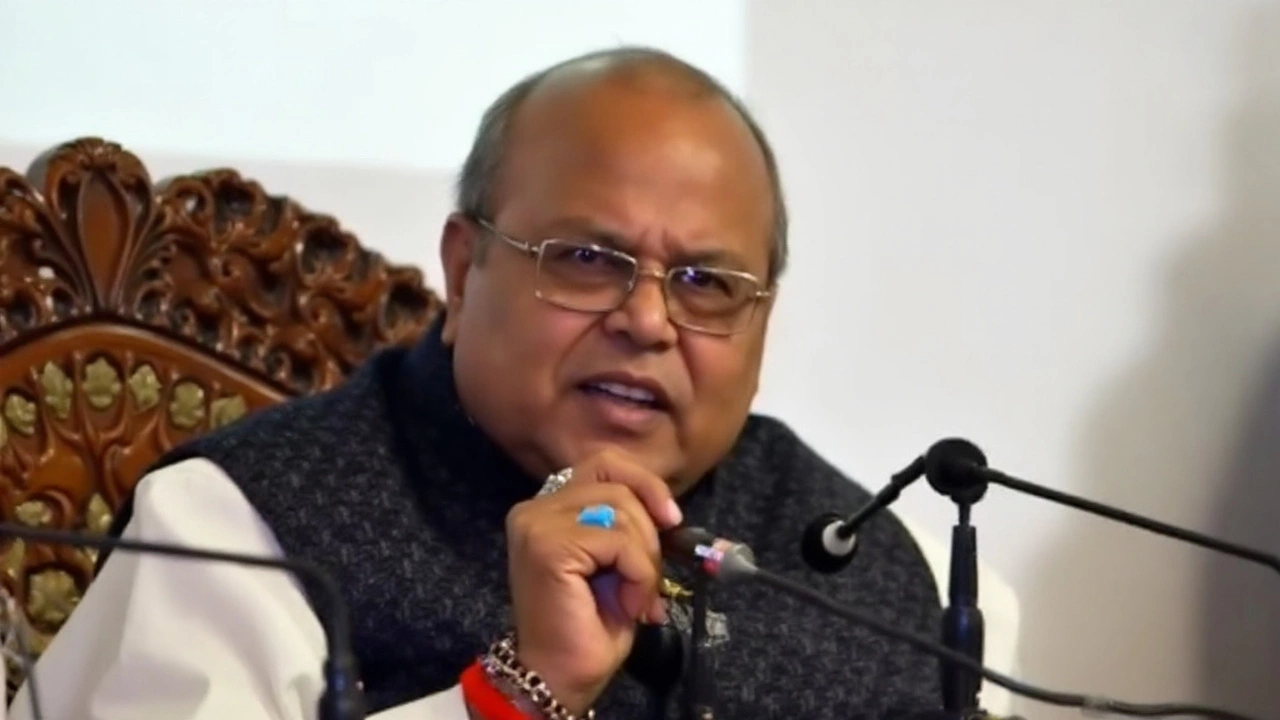When a Broken Fax Machine Became Part of History
It almost sounds absurd—a simple broken fax machine playing a role in one of India’s most significant political changes. Yet, during the tense days of August 2019, as the government moved to revoke Article 370 and split Jammu and Kashmir into two Union Territories, that’s exactly what happened. At the center of it all was Satyapal Malik, the last Governor of the undivided Jammu and Kashmir. The old-school fax machine, meant to transmit sensitive government orders, stubbornly refused to cooperate, refusing to send or receive key documents at the most crucial time.
This wasn’t just any technical hiccup. Decisions affecting millions, border security, and the flow of critical information all relied on basic machines still chugging away in the backrooms of government buildings. As Delhi rolled out the sweeping changes, the usually routine business of getting signatures and confirmations across hundreds of kilometers was suddenly at the mercy of a malfunctioning piece of outdated technology.

The Real-World Tangle of Big Decisions
Forget the drama in Parliament and the fiery debates on TV for a minute—the real action was happening in government offices, where officials and aides scrambled to find ways around the jam. Communications that should have zipped back and forth instantly hit a dead end, leaving everyone in limbo for hours. On the ground in Srinagar, district officers wondered if orders were lost or still on their way. Meanwhile, Malik and his team had to make real-time decisions with incomplete information. It was a bureaucratic thriller, with tension ticking up as the political situation got even more charged.
This seemingly minor issue was a snapshot of broader challenges in the state’s transition. Old methods clashing with high-speed politics, the whole episode exposed just how easy it is for even the smallest snag—a broken fax, a lost memo—to throw a wrench into major national plans. While the government’s intentions around Article 370 were never in doubt, carrying out the orders became a test of patience and improvisation. Staff raced to find working machines, redial numbers, and sometimes send runners by hand.
For many on the inside, the fax fiasco became a symbol of how India’s government, loaded with legacy systems, still sometimes struggles to keep up with the demands of modern governance. It also raised uncomfortable questions: If a machine breakdown could slow things down this much, what other vulnerabilities existed? As the dust settled from the shake-up, stories like this started surfacing, giving a glimpse into the all-too-human side of history in the making.
So, while the world watched news headlines about Article 370 and the redrawing of maps, inside government offices it was a busted fax machine that quietly set off its own set of alarms and improvisations. Sometimes, it turns out, the small glitches tell you as much about history as the big announcements do.
